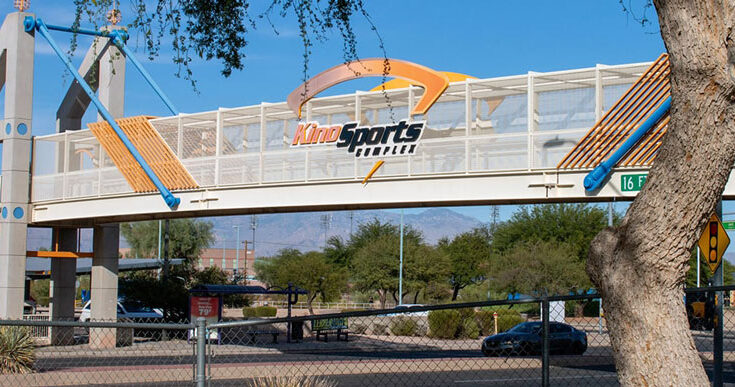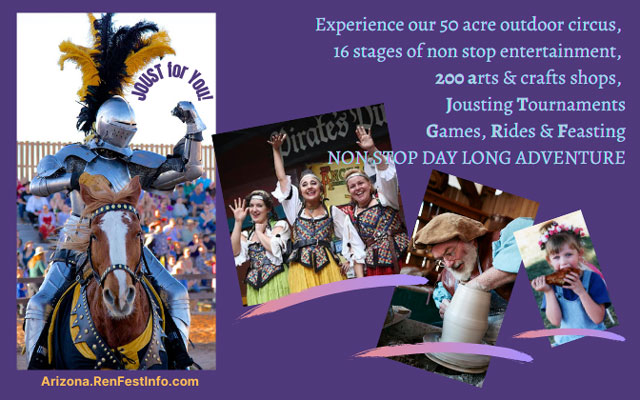By Nate Johnson/Cronkite News
TUCSON – For the first time since 2011, professional baseball will return to the city of Tucson when Kino Veterans Memorial Stadium and the Arizona Fall League host a tripleheader.
Donna Peterson, league administrator for the Arizona Fall League, worked tirelessly with Sarah Horvath, newly appointed director of the Kino Sports Complex and Stadium District, to bring baseball back to the newly renovated ballpark.
The Arizona Fall League began in 1992 as a way for fans to watch MLB’s top prospects up close and to serve as a premier showcase for top talent. According to the AFL, 41% of players named to the 2025 MLB All-Star Game spent time in its league early in their career.
The goal for Tucson and the AFL is to reach a successful partnership that can elicit future events at the Kino Sports Complex and other ballparks, with an eye toward perhaps luring a major league team’s minor league affiliate to the city in the future.
While both sides are optimistic about the future of baseball in Tucson, Peterson is focused on this year alone.
“There’s a lot to putting on a tripleheader,” Peterson said. “We’re going to focus on that, and what happens in the years to come, we’ll have to see.”
Peterson’s lack of a “crystal ball” doesn’t deter wishful thinking. Amid the conversations surrounding MLB’s inevitable expansion, the city of Tucson has positioned itself to be a serious candidate for hosting minor league-affiliated baseball and other sports opportunities.
Edgar Soto, a board chairman for the Southern Arizona Sports, Tourism and Film Authority, said the advantage for Tucson and other Southern Arizona counties in the affiliate race lies in strong relationships with government officials and the baseball culture ingrained in the community.
It also helps to have a premier facility, such as Kino.
“If something comes up where teams want to come, we’ve got the authority in place,” Soto said. “We can go out and do things to create funding. We’ve got all the dominoes set up, and now it’s just a matter of getting these organizations to see Tucson as a destination place.”
Kino Veterans Memorial Stadium has undergone multiple changes and trials in order to be ready for MLB’s arrival. Installations of a brand-new scoreboard as well as a new field cost the District an estimated $1.1 million and allowed the ballpark to host the 2025 World Baseball Classic Qualifiers.
“That really was kind of the launching catalyst for us to try to go after a lot of these bigger events,” Horvath said. “We, prior to that, had been training for Korean baseball, Japanese baseball, and obviously, there’s a lot of Mexican baseball coming up. We had that international footprint, but we wanted to get back to the roots of American baseball.”
Tucson has a rich baseball history, including long ties with the Cactus League during spring training and with minor league baseball.
MLB’s departure was in large part due to a lack of state legislation in 2008 that would have allowed for funding of a three-team stadium that was to serve as the spring training home of the Arizona Diamondbacks and Colorado Rockies. Both clubs had agreed to stay in Tucson with a new facility.
The Milwaukee Brewers, Baltimore Orioles, and Washington Nationals were all in negotiations for the third spot.
Circumstances changed, however, when the Chicago White Sox decided to relocate to Camelback Ranch in Glendale after purchasing the remainder of their lease. Finding the move north appealing, both the Diamondbacks and Rockies opted out of their leases as well, departing in 2011 for the newly constructed Salt River Fields at Talking Stick in Scottsdale.
In addition to the history of spring training in “The Old Pueblo,” the Arizona Fall League has roots in Tucson dating back to the league’s foundation when the Javelinas, one of the original AFL teams, called Hi Corbett Field home.
The connection lasted only two seasons, however, and the last Arizona Fall League games to be played in Tucson were in 2002 at the University of Arizona’s former ballpark, Sancet Field.
For Peterson, Tucson represents another phase of the AFL’s mission to promote baseball fandom and create connections with new audiences.
“During every (Arizona) Fall League season, we’ve gone to different places in different communities,” Peterson said. “Whether it’s Goodyear, American Family Fields, or Hohokam, we’ve gone to places that we don’t play on a regular basis. If there’s more people that can see it, there’s more people who can become fans and find their favorite player and grow up with them.”
Blake Eager, former minor league pitcher and executive director of Southern Arizona Sports, Tourism and Film Authority, credits childhood baseball memories with his dad and teamwork for his motivation to facilitate a return to the game he and many other Tucsonans love dearly.
“When I was growing up, I would argue that Tucson was a top destination for professional baseball,” Eager said. “It took a group effort. It wasn’t a singular voice. We relied on relationships, and we relied on each other to come to the table and find a way to get to ‘yes.’”
The tripleheader will take place Oct. 11 at 12:30 p.m. with an opener between the Salt River Rafters and the Surprise Saguaros, followed by the Mesa Solar Sox taking on the Peoria Javelinas at 3:30 p.m. and the Scottsdale Scorpions battling the Glendale Desert Dogs to close out the evening at 6:30 p.m.










